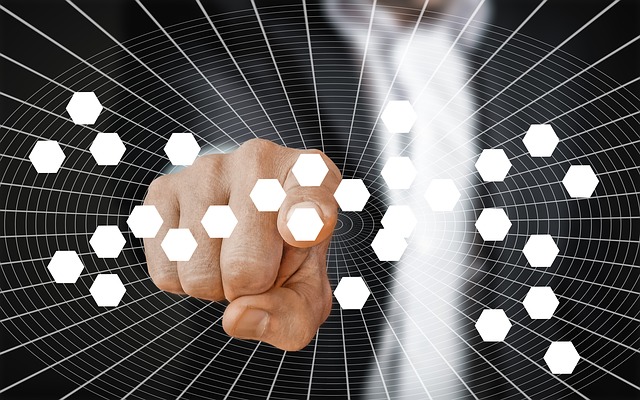
Inclusion in Indian higher education means to provide access and opportunity to all groups of people irrespective of their social class, caste, gender, ethnicity to participate in higher education. The inclusiveness has two main dimensions including all sections of society and including all expected goals of education. Indian higher education is the third largest in the world in terms of enrollment, next to the United States and China. The sixth report on All India Survey on Higher Education for 2015-16 states that there are 799 universities, 39071 colleges and 7154 standalone institutions which provide only diploma level courses. Over the years higher education in India has gone through a phase of unprecedented expansion, marked by a huge increase in the volume of students and in the number of institutions .The increase, however has not been commensurate with the growth of population and its diverse needs. According to the Ministry of Human Resource Development’s Report on All Indian Survey on Higher Education, the Gross enrollment ratio (GER) which is calculated for 18-23 years of age group is 24.5% during 2015-16. In addition to very low access to higher education in general, there are disparities between various marginalized social groups like schedule castes (SC’s), schedule tribes (ST’s), other backward classes (OBC’s) and women whose Gross enrollment ratio is below than the national average. The present paper attempts to highlight the issues concerning equity and inclusion in higher education in Indian context. The paper attempts to highlight the extent and manifestation of non-inclusion or exclusion in Indian higher education with special reference to marginalized sections like schedule castes, schedule tribes and women.
More at: http://ddeku.edu.in/Files/2cfa4584
